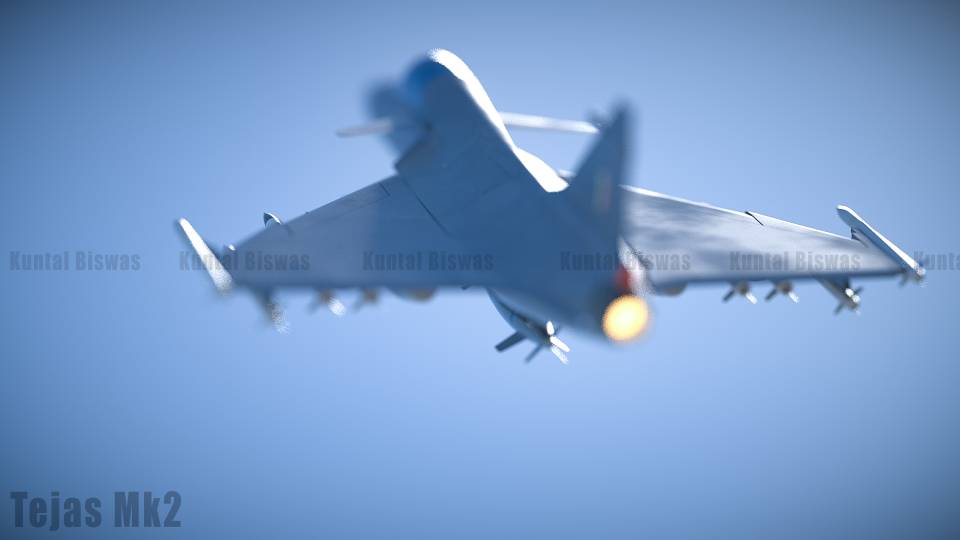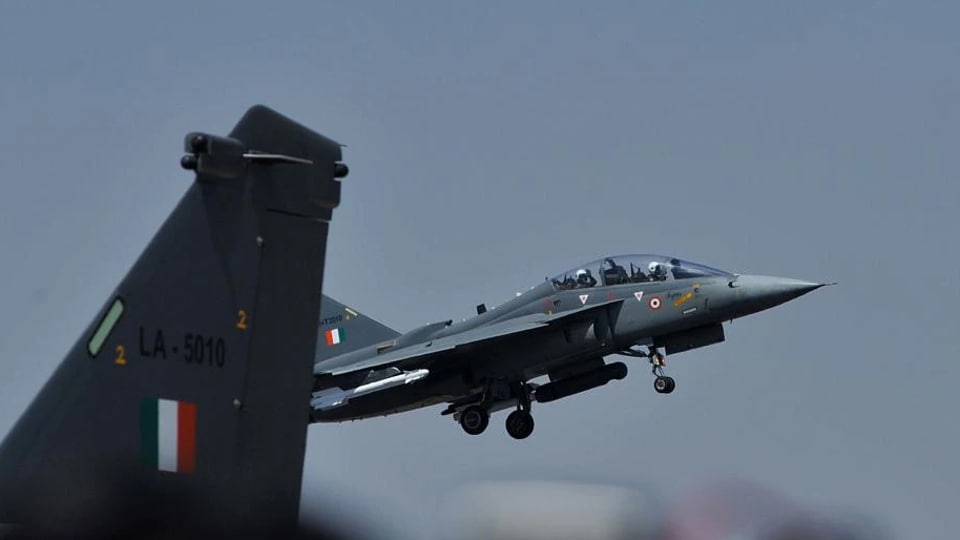I still think it's an uphill task & that Malaysia won't buy the Tejas simply because it has Israeli subsystems, but even if it does(which will be a righteous kick in the face of pakis) the deal won't be closed in 2019.
Malaysia More Inclined Towards Indian HAL Tejas Over Pakistani JF-17 Thunder – Reports
By EurAsian Times -May 29, 2019
Will Malaysia eventually purchase the Indian HAL Tejas over other competitors including Pakistani/Chinese JF-17 Thunder? According to the key sources, the Malaysian Government is quite keen on evaluating the HAL Tejas and is making a lot of enquiries which are being promptly answered.
India will get a strong foothold in South East Asia, in case Malaysia decided to buy the Light Combat Aircraft (LCA) ‘Tejas’ manufactured by Hindustan Aeronautics Limited (HAL).
Speaking to Financial Express on condition of anonymity, a top official has said that “There are various dimensions to the export of the LCA Tejas to Malaysia. In fact, the whole LCA programme will receive the much-needed boost, and HAL will get international recognition for its design capability and validation for its product.”
The product in itself would stand out from the competition as a technically superior product, said the source cited above. According to the source, the Malaysian export order will open up an array of opportunities for other platforms such as SU-30 and Advanced Jet Trainer (AJT) `Hawk’ which are being operated by other Southeast Asian countries.
Also, the helicopter market in these countries too is largely untapped. If LCA gets foreign recognition other HAL made products too will attract the attention sending positive signals in defence manufacturing in India, he adds.
Earlier this year, HAL had sent in two fighters to participate in the Langkawi International Maritime and Aerospace Exhibition (LIMA) 2019 in Malaysia for the first time. These were ferried with the help of the Indian Air Force (IAF) and had participated in the flight displays along with Indonesia’s Jupiter Aerobatic Team and the Royal Malaysian Air Force.
The South Asian country is in the process of assessing fighter aircraft from various vendors as it is planning to buy 36 light combat aircraft (LCA) in an effort to add on to its existing fleets in its air force.
Sources indicated the government of Malaysia is keen on the Indian LCA, and during the LIMA, the HAL stand had received several queries from the government of that country.
Besides India, Royal Malaysian Air Force (RMAF) which is looking for a low-cost light fighter jet has invited proposals from competitors including M-346FA Fighter Attack aircraft variant developed by Leonardo, Yak-130 combat trainer aircraft developed by United Aircraft Corporation of Russia and FA-50 light attack aircraft developed by Korea Aerospace Industries (KAI).
The first time `Tejas’ had an international exposure was during the Bahrain International Air Show in 2016. The LCA which is considered to be the world’s lightest supersonic fighter has already joined the IAF and has received the Final Operational Clearance on Feb 20, this year.
The IAF has inducted the Tejas into its Number 45 Squadron — Flying Daggers in July 2016. This squadron is flying the MiG-21 Bison fighters, one of which shot down a much-advanced F-16 of the Pakistani Air Force on Feb 27, 2019.
The Made in India LCA with the first advance Fly-by-wire (FBW) fighter designed, developed and manufactured by the Aeronautical Development Agency (ADA) and HAL will replace the MiG-21s in the IAF fleet. This aircraft has a glass cockpit with Satellite aided Inertial Navigation System and is a 4 + generation fighter. This aircraft has a capability to fire Beyond Visual Range (BVR) missiles, bombs and precision-guided munitions.
It can also be refuelled mid-air which will increase its combat radius. The IAF is already keenly waiting for the newer version of the aircraft Tejas MK 2, the Medium Weight Fighter (MWF), currently under development.
https://eurasiantimes.com/malaysia-...ndian-hal-tejas-over-pakistani-jf-17-thunder-










